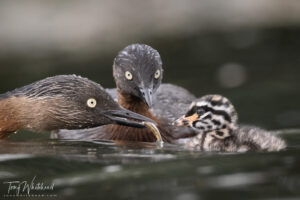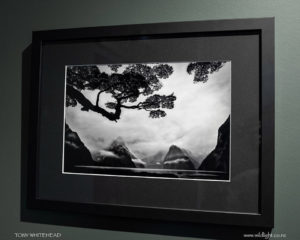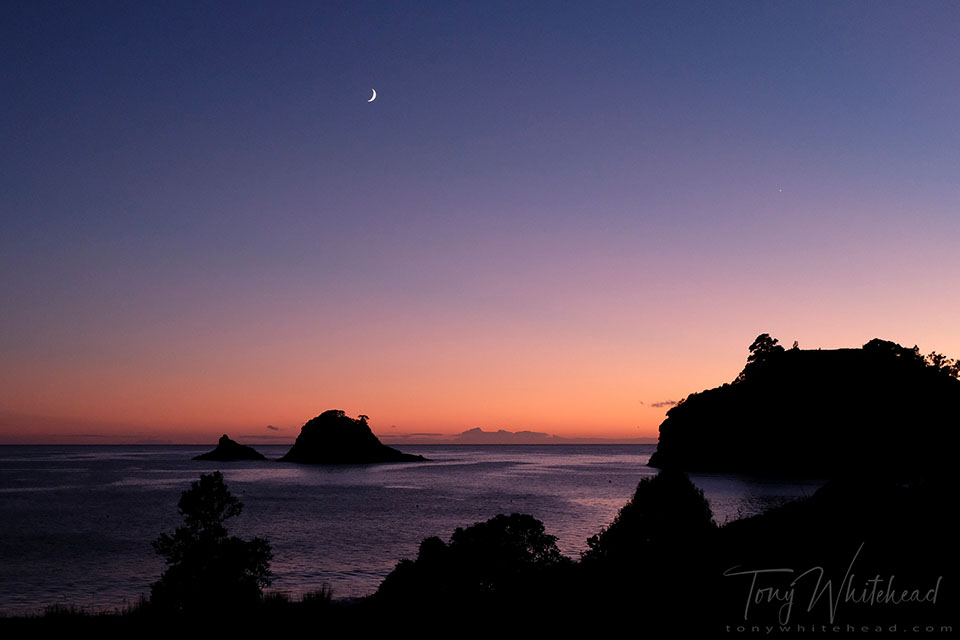
My first Fujifilm camera was the original X100. It had its quirks but soon became an indispensible companion for travel and especially street photography. I have since used the X100S and now the X100F which have been incremental upgrades. I have also used the XT1 and now XT3 which add interchangable lenses to my options.
The thing that has most impressed me with my Fujifilm cameras is the quality of the straight out of camera (SOOC) jpg images. There are a number of film emulation presets for both colour and Black and White. My usual workflow with my Nikon gear has been to shoot in RAW and process in Lightroom/Photoshop. With Fuji I found the SOOC jpg images to be so good that it took a significant amount of work just to get the RAW file back to that point. I took to shooting RAW+jpg and only using the RAW file if it was an image that really deserved the extra attention.
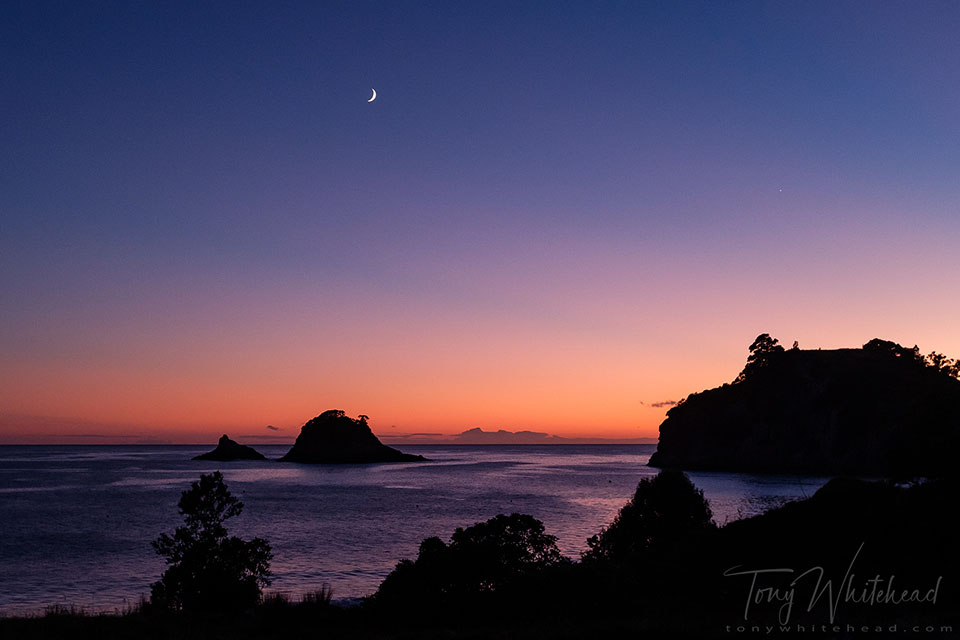
The above image of a Hahei sunrise shows the RAW file processed in Lightroom using the default colour balance and Provia preset. There are some improvements but it is debatable whether it is time well spent for an image that is to be used for a online holiday gallery or to print in a photobook holiday album.
The other advantage of shooting RAW+jpg instead of jpg alone, is that you have the option of reprocessing in camera to output any of the other Fuji film simulation presets as a SOOC jpg file.
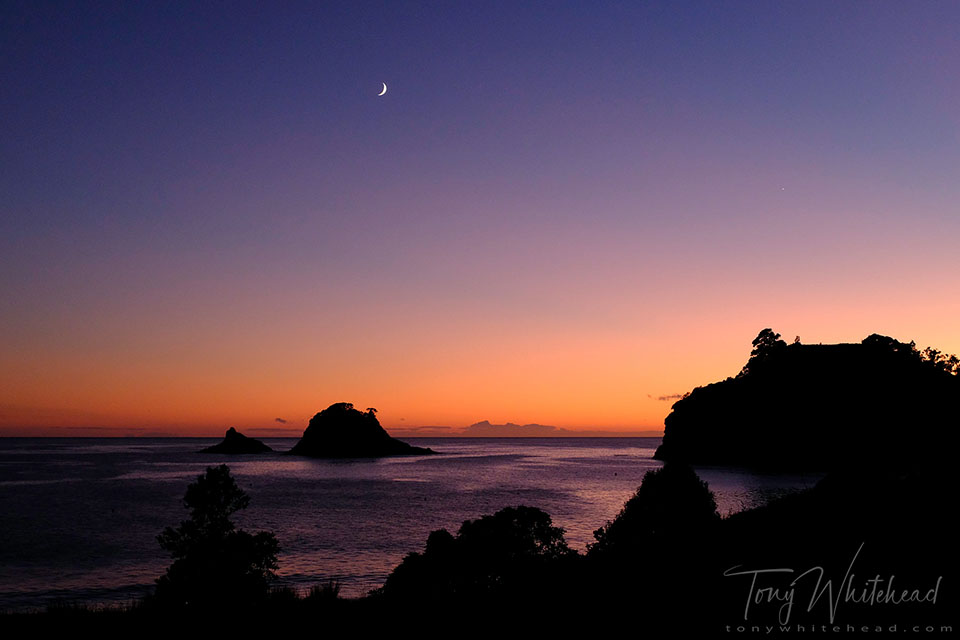
Film shooters will recall the popular Velvia transparency emulsion with its dramatic saturated colours and high contrast. My standard setting is the default Provia so I processed a Velvia version in camera too as this image looked suitable and arguably quickly achieved much of what processing the RAW file in Lightroom/Photoshop did.
This final image is of the same scene shot as a RAW file with my Nikon D850 and processed in Lightroom. The colours are significantly different as they change rapidly as the sun rises and default colour balances vary between camera manufacturers.
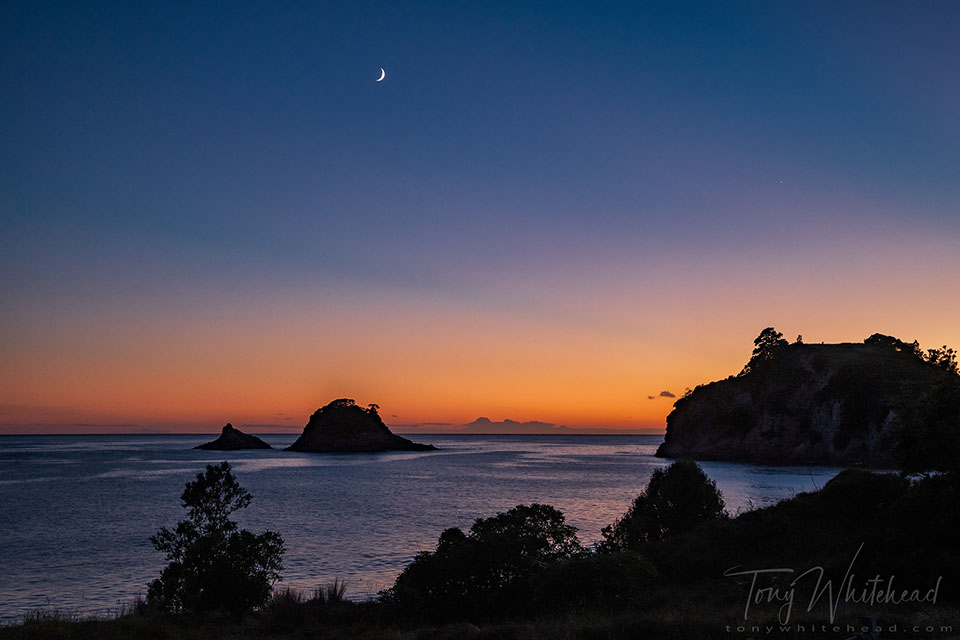
It is difficult to fully appreciate at this size but the benefits of the Nikon sensor are the increased detail from the 45 megapixel sensor and the improved shadow detail available with the increased dynamic range. Neither of these are of any real benefit in this image and despite the colours looking more natural to my eye I prefer the Fuji images as a reminder of the feeling of being there.
I recall how excited I was to receive my first DSLR (Nikon D70) after using my first digital camera (Canon S45 point and shoot). I also recall how disappointed I was in the images that came out of the camera. They all needed to be processed as RAW files before a pleasing image appeared.
My Fujifilm cameras are the exact opposite with the SOOC jpg images impressing me to the point that I seldom bother to process the RAW files.
I still use my Nikon gear for my “serious” work with wildlife and most landscapes because I love the resolution and dynamic range. My Nikon gear lives in manual mode 99% of the time and needs significant time in the digital darkroom which I enjoy. My Fujifilm gear is used for holiday/travel/day to day life photos and lives in aperture priority mode 99% of the time and seldom needs time in the digital darkroom. 2 different tools for different jobs. As with all tools having the right tool for the job adds immeasurably to the pleasure of the work.
Photos with Fuji x100F and Nikon D850 with Nikon 24-120mm f4VR lens
